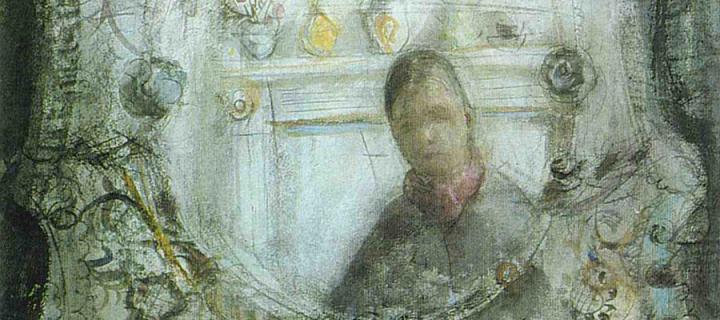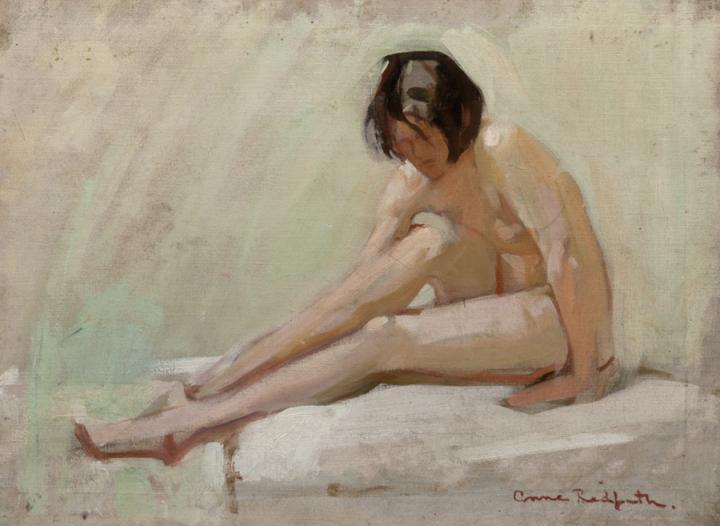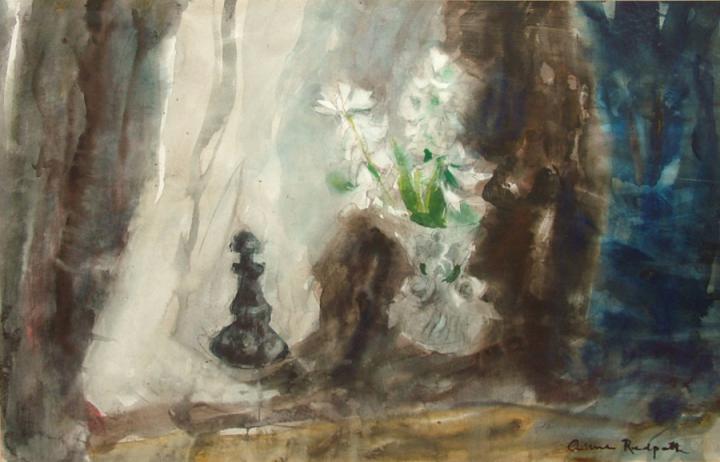Anne Redpath (1895 – 1965)
A prominent career as a painter led her to be the first woman to become an Academician of the Royal Scottish Academy and an influential member of the Scottish art world.

Born in Scotland and moving from Galashiels to Hawick aged 6, Anne Redpath was a Scottish artist whose vivid domestic still lifes remain her best-known works. She found inspiration in her father’s work as a tweed designer in the Scottish Borders, seeing a connection between his use of colour and her own. Redpath was most notably influenced by both Matisse and Bonnard.
I do with a spot of red or yellow in a harmony of grey, what my father did in his tweed.
Broadening horizons
Aged 18, Anne Redpath began her studies at Edinburgh College of Art under Robert Burns, Henry Lintott and D. M. Sutherland. After completing a postgraduate degree in 1919 she was awarded a scholarship which allowed her to travel to Brussels, Bruges, Paris, Florence and Siena.
This nurtured both her interest in 14th century Italian painting and her love of travel. Her trips abroad had a significant impact on her life and work, most notably in inspiring her to incorporate new colour palates into her paintings.

Work–life balance
In 1920 she married James Michie, an architect, and moved to France where they started a family and had three sons. At this time Redpath committed very little time to painting, instead choosing to focus on family life. Despite this, she still produced enough works to exhibit in both 1921 and 1928.
On her return to Scotland in 1934 she started to sketch the countryside around Hawick where her work took on a more muted look than seen previously, often favouring a limited palette with a few brighter colours used to enliven the composition.
Once back in Scotland, she began exhibiting in Edinburgh and became president of the Scottish Society of Women Artists from 1944 to 1947. During this time Redpath became a distinguished member of the Scottish art world, forming many enduring friendships including fruitful working relationships with The Scottish Gallery, who hosted her first solo exhibition, and Reid and Lefevre in London.
She established herself as one of the great figures of 20th century Scottish painting, being linked to the Scottish Colourists and becoming a pivotal figure in the group of painters now referred to as The Edinburgh School
.
The work of the Edinburgh School is characterised by virtuoso displays in the use of paint, vivid and often non-naturalistic colour and themes such as still-life, seascape and landscape.

Talent recognised
Moving into Edinburgh in 1949, Redpath spent many periods of her later life regularly travelling throughout Europe. The Royal Scottish Academy admitted her as an associate in the late 1940s and she became the first woman Academician in 1952. She was awarded an OBE in 1955 for her work as an artist and for her time spent as a, Member of the Board of Management of the Edinburgh College of Art
.
Her work is still highly regarded today and can be seen at many galleries across the country, including as part of the Tate collection.

